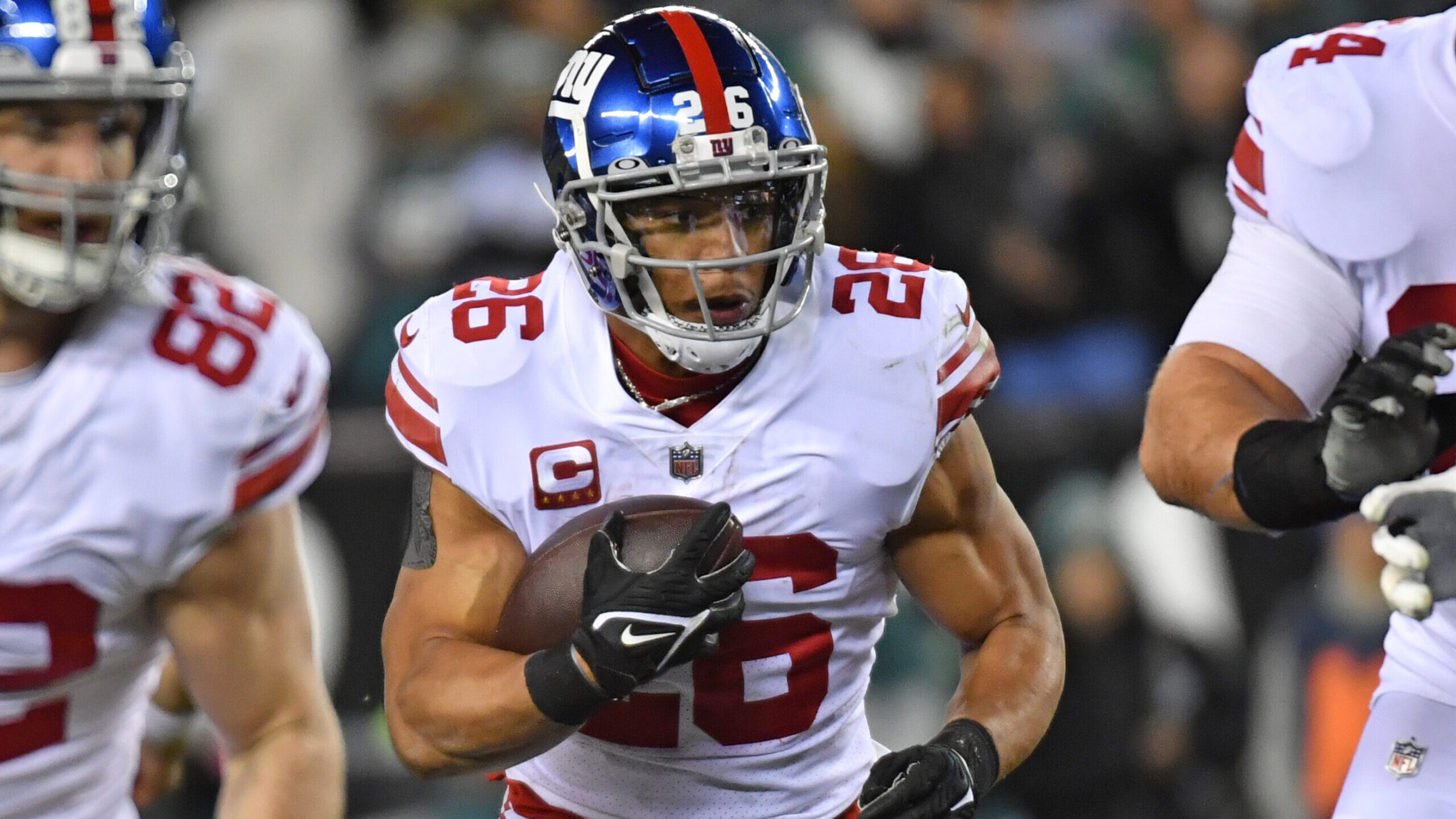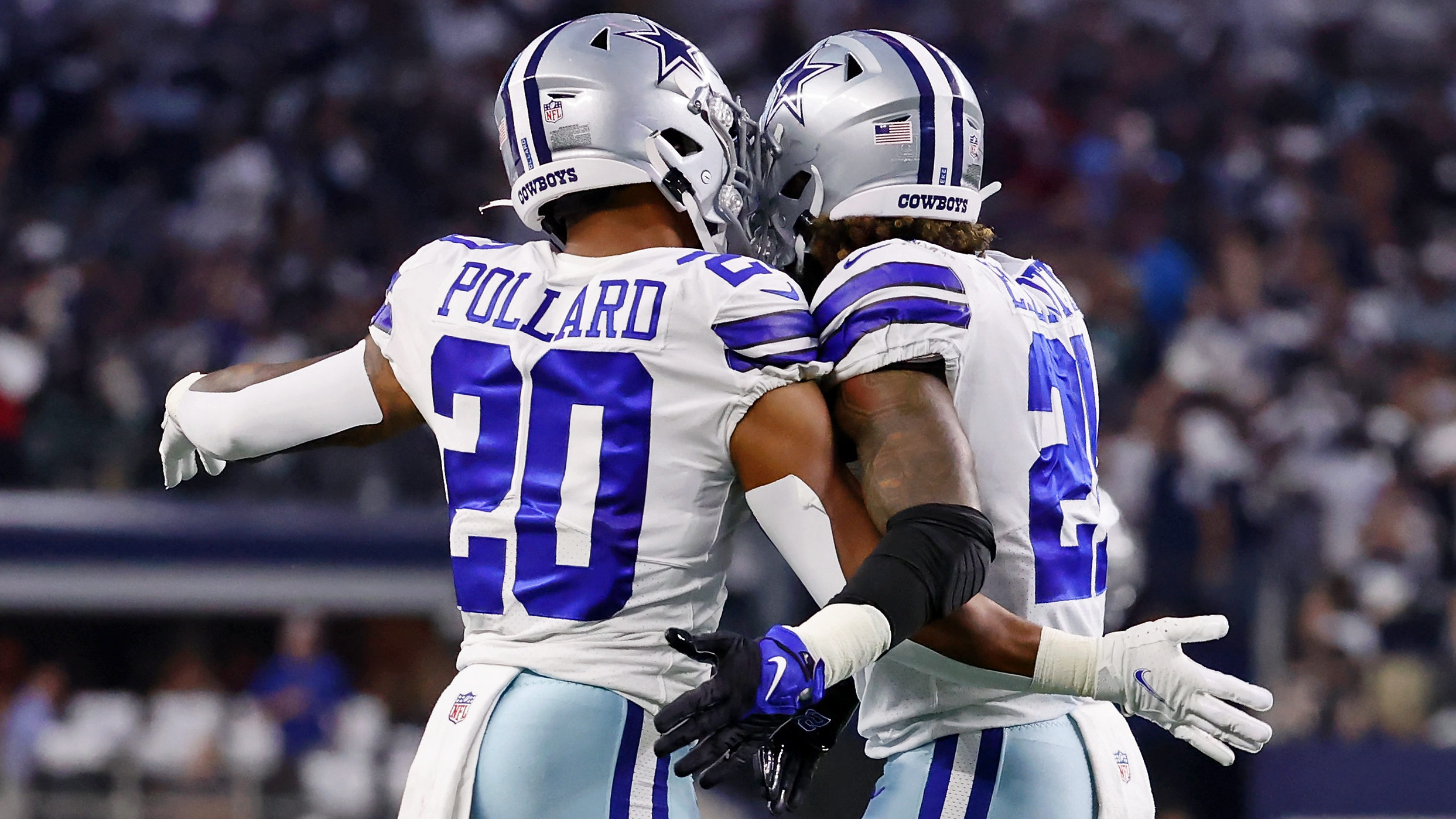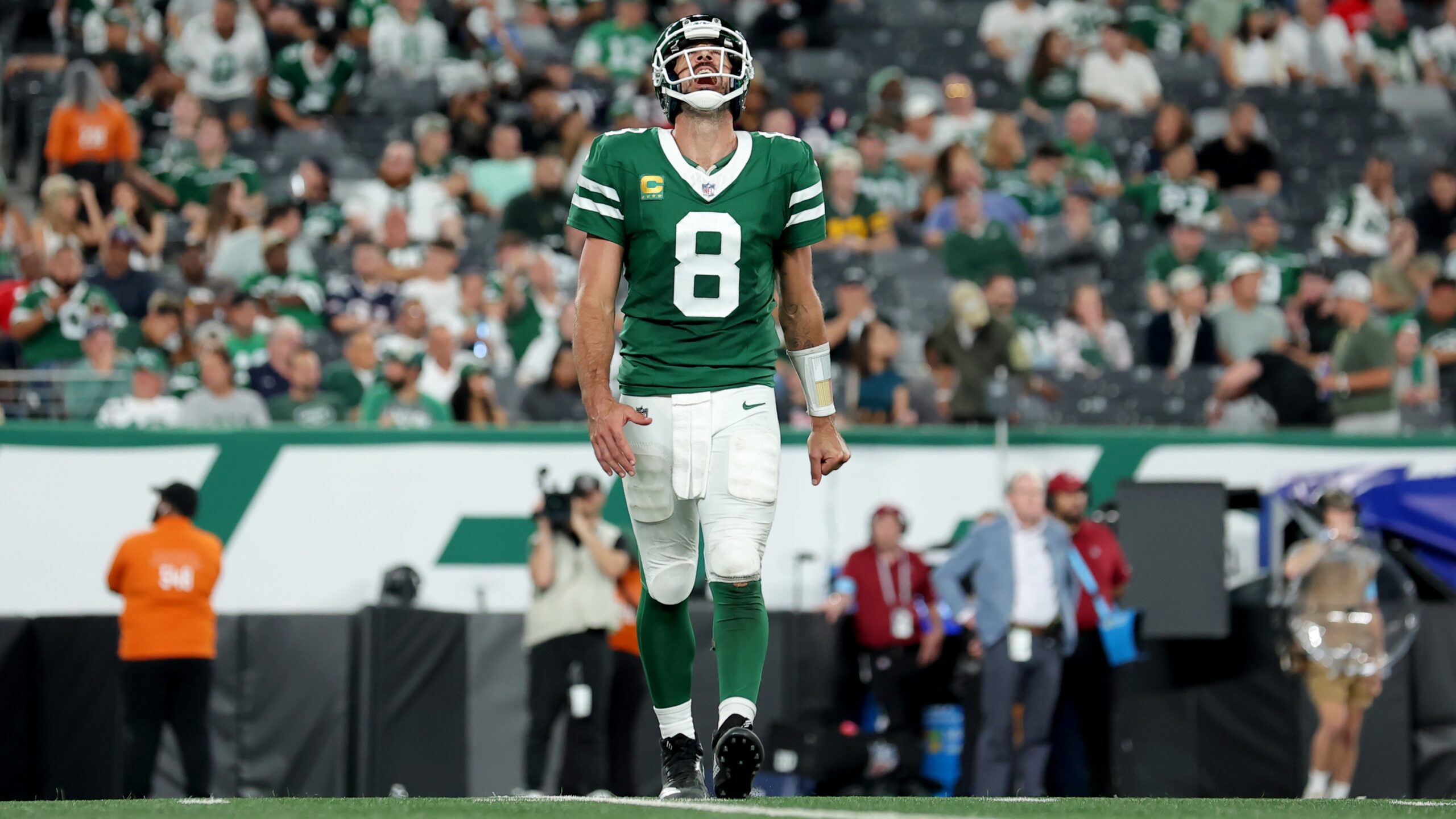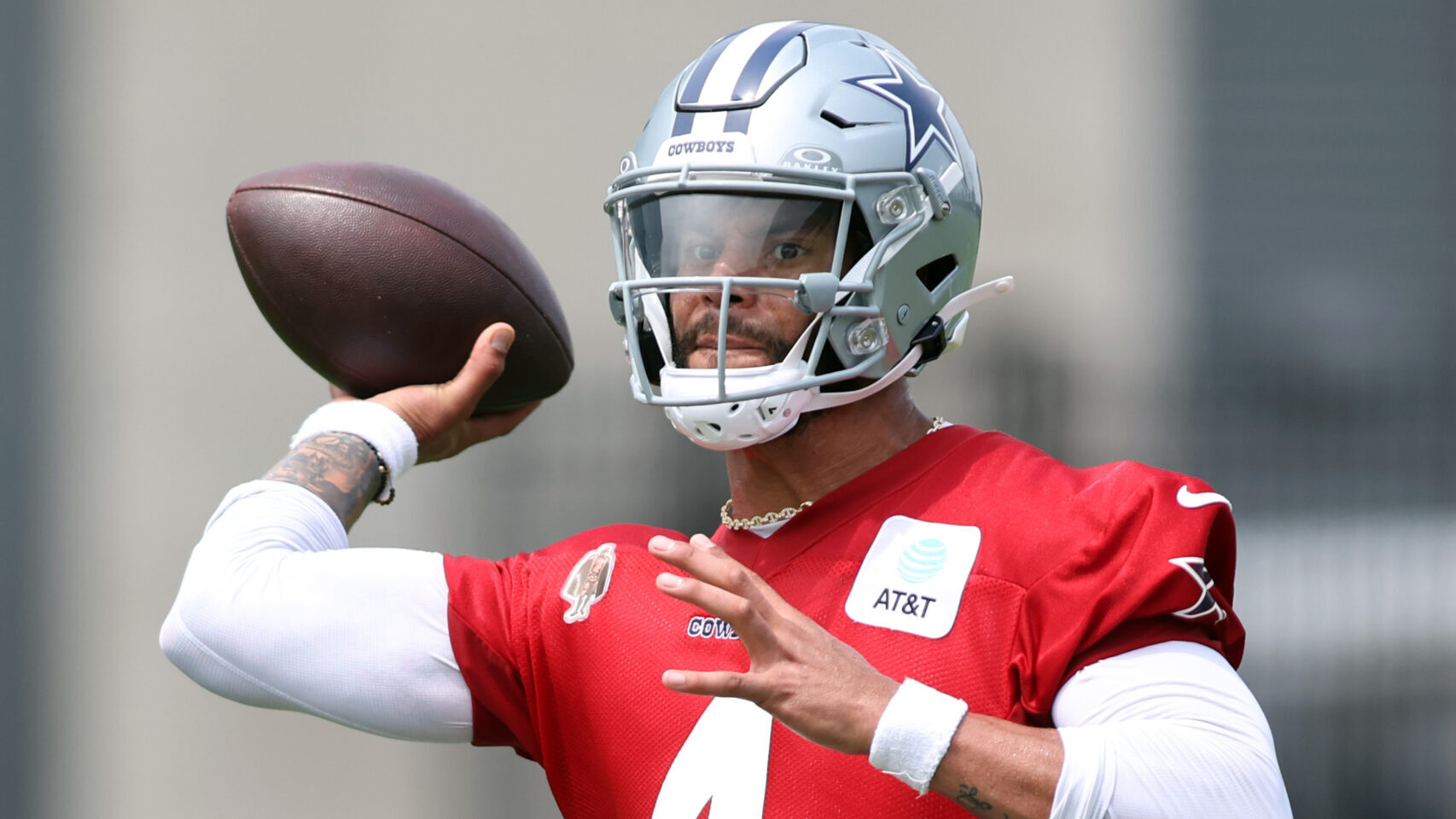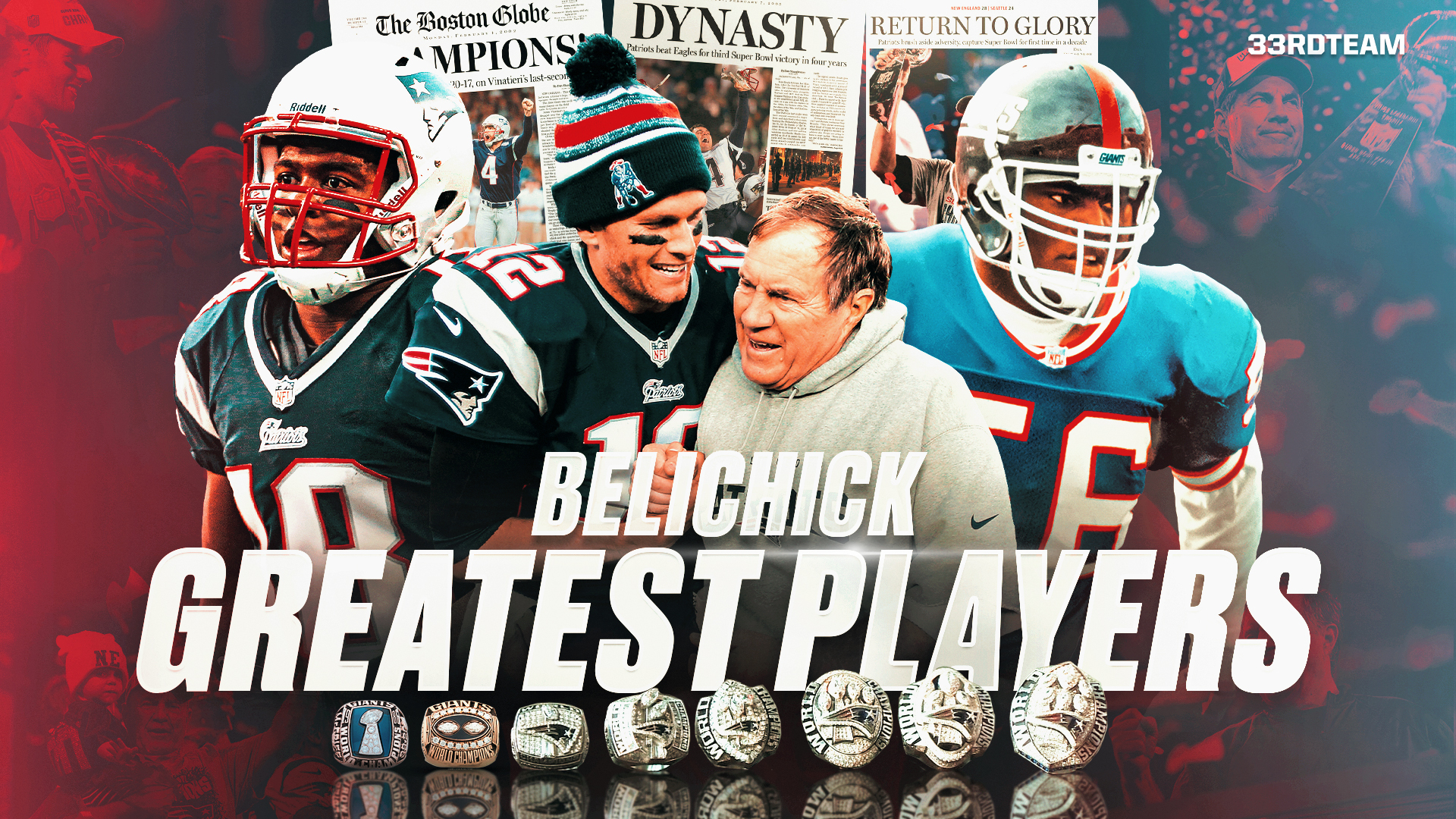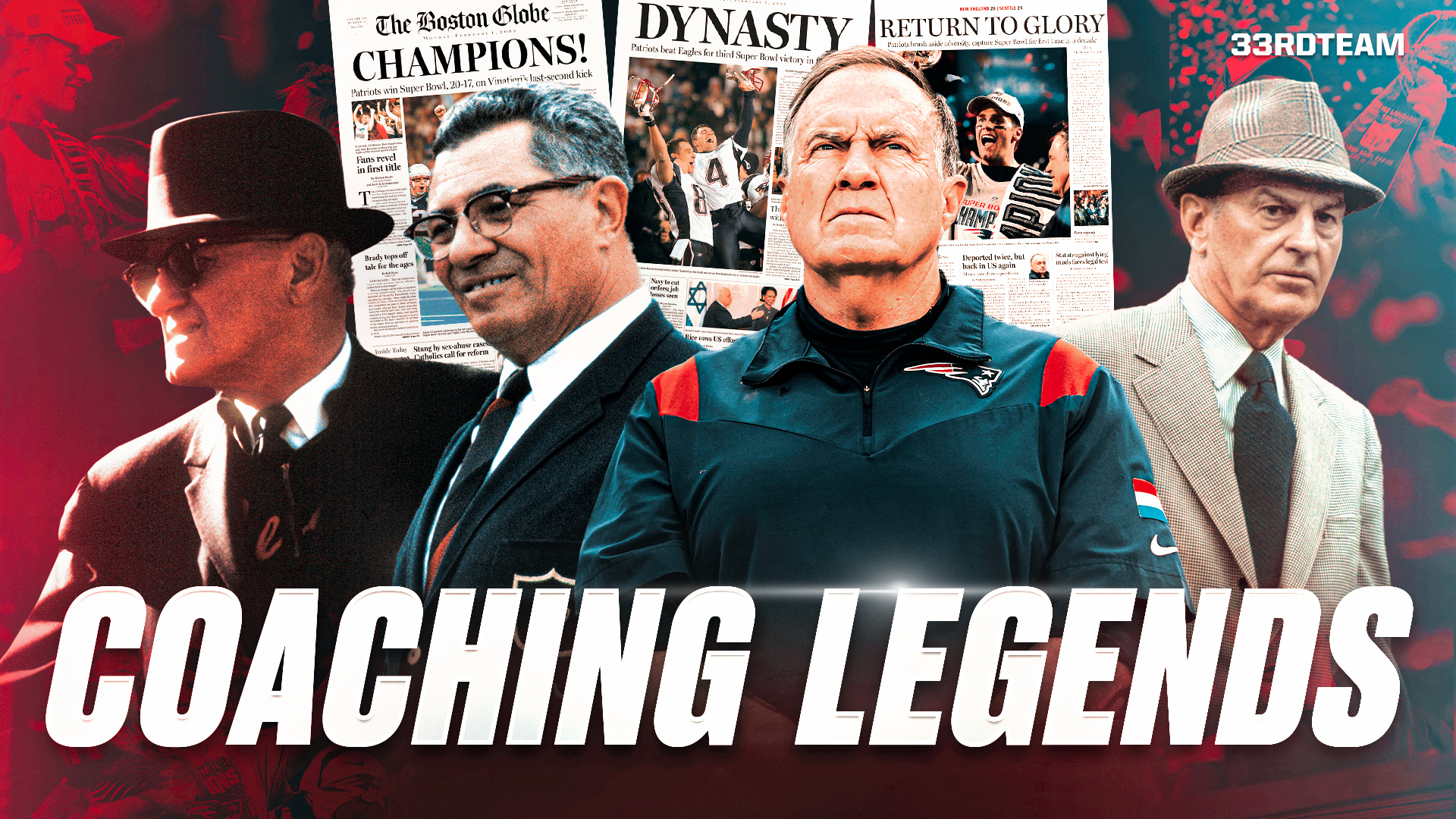Analysis
4/19/23
9 min read
Running on Empty: Why Running Backs Have Been Devalued in the NFL
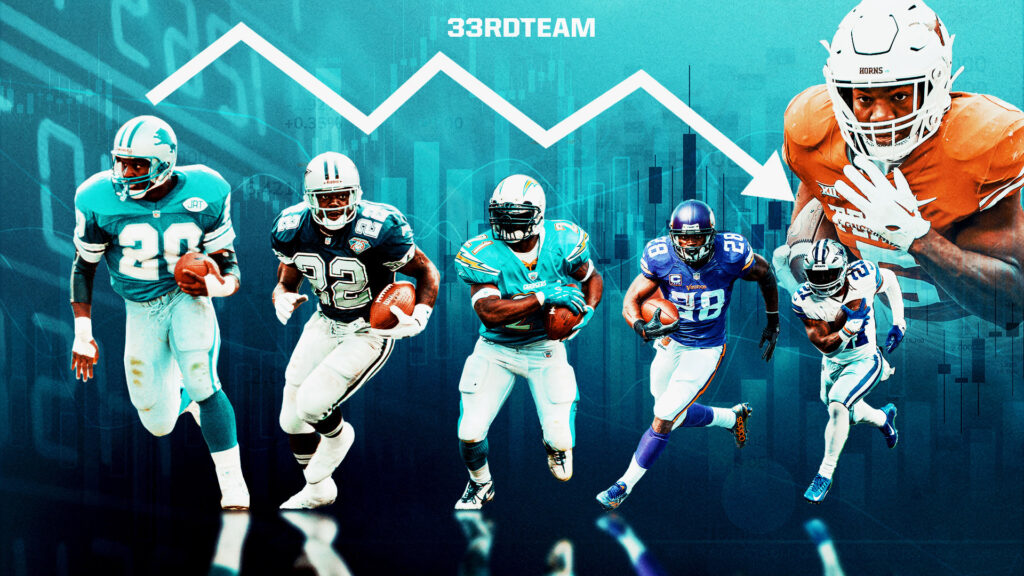
Charles Davis was a dual-threat quarterback in high school and a four-year starter at safety at the University of Tennessee. But growing up in New Paltz, N.Y., in the 1970s, his biggest heroes were running backs.
Walter Payton, Franco Harris, John Riggins, Larry Csonka, Mercury Morris, O.J. Simpson. Those were the guys he and his buddies pretended to be in those games in the backyard and on the playground.
“When I was growing up, running back was the premier position,’’ said Davis, who is a game analyst for the NFL on CBS and also is an analyst for The 33rd Team. “We all emulated them. In games, you wanted to wear their number.
“Even today, you watch big games, the run game almost always has a big effect on the outcome. It’s very strange that we’ve devalued the position, yet we’ve got to have it when it’s showtime.’’
The NFL has changed a great deal since Davis’ youth. It’s become a quarterback-driven league. Yet, in the Kansas City Chiefs’ 38-35 win over the Philadelphia Eagles in Super Bowl LVII in February, the Chiefs, who had the fifth-most passing attempts in the league last season, rushed for 158 yards on 26 carries. The Eagles ran the ball 32 times and scored three of their four touchdowns on run plays.
That said, while still important cogs in most NFL offenses, running backs are largely viewed as replaceable parts with a short shelf life that you don’t need to overpay for.
Things To Consider
- Just four running backs have been selected in the first round of the past four drafts. There hasn’t been a running back taken higher than 24th overall since 2018 when the New York Giants took Saquon Barkley with the second pick. Of the 85 running backs drafted in the last four years, 59 have been taken in the last four rounds.
- Just one team – the Dallas Cowboys – used more than eight percent of their 2022 salary cap space on running backs (8.98 percent). The Super Bowl-champion Chiefs used just 1.57 percent of their cap space on running backs. The Eagles used 2.34 percent.
- Twenty-five veteran running backs have been signed since the start of free agency last month. Twelve of them signed one-year deals. Just two – Miles Sanders and David Montgomery – got deals that averaged more than $4 million a year (Sanders signed a four-year, $25 million deal with the Carolina Panthers and Montgomery signed a three-year, $18 million deal with the Detroit Lions). Former Lion Jamaal Williams had an NFL-high 17 rushing touchdowns last season. The best he could get on the free agent market was a three-year, $12 million deal with the New Orleans Saints.
- Free agents Ezekiel Elliott, Kareem Hunt and Jerick McKinnon remain unsigned.
- Just two running backs – the San Francisco 49ers’ Christian McCaffrey and the Saints’ Alvin Kamara — have contracts with average annual values of $15 million or more. McCaffrey’s deal has a $16 million AAV. Kamara’s averages $15 million. Tight end is the only other position with that few contracts with AAVs of $15 million or more (also two).
- Only three running backs have deals that include guarantees of $20 million or more at signing – McCaffrey ($30.1 million), the Tennessee Titans’ Derrick Henry ($25.5 million) and Kamara ($22.8 million).
- That’s the lowest number in the league. By comparison, there are 31 edge rushers, 31 defensive backs, 28 wide receivers, 25 offensive tackles and 22 quarterbacks. Seventeen edge rushers and 14 offensive tackles received more guaranteed money at signing than McCaffrey.
Supply and Demand
Former NFL executive Joe Banner doesn’t think running backs necessarily have been devalued. He just thinks there’s an imbalance of supply and demand at the position, and there’s no real need to overpay for running backs.
“I’ve never spoken to a general manager who didn’t think running backs were really important,’’ said Banner, an analyst for The 33rd Team. “But you can get a running back in the second or third or even later rounds, and he’ll frequently be as good or better as somebody taken in the top 10.
“It’s the only position where there are more quality players than there is need. You don’t need more than a high school economics course to figure out that when that happens, the price goes down and people get picked later.’’
[bc_video video_id="6323180182112" account_id="6312875271001" player_id="default" embed="in-page" padding_top="56%" autoplay="" min_width="0px" playsinline="playsinline" picture_in_picture="" language_detection="" application_id="" max_width="680px" mute="muted" width="100%" height="100%" aspect_ratio="16:9" sizing="responsive" ]
Quarterbacks get pushed up and running backs get pushed back. Bijan Robinson (scouting report) is considered the best running back in the 2023 NFL Draft. Many feel he is one of the draft's five or six best players (Robinson is sixth on The 33rd Team's Big Board). But he isn’t expected to go that high. Why? Supply and demand.
The days of the workhorse 20-carry-a-game running back are pretty much over. In 2005-06, a total of 20 running backs averaged 20 or more carries per game. In the past five seasons, there have been just six.
Quarterback-Driven League
“The game has become so quarterback-centric,’’ Davis said. “You play through the quarterback. People feel the best way to win a ballgame is to be able to throw it proficiently.
“Buffalo runs their whole offense through the quarterback (Josh Allen). Devin Singletary (who signed a one-year, $2.75 million free-agent deal with the Houston Texans) was an accessory. They drafted James Cook (in the second round last year), but he’s not expected to be a heavy-volume back either. He gives them some flash, and he catches it out of the backfield. That’s kind of where we’ve gone.
“Green Bay divides up the carries between Aaron Jones and AJ Dillon. Jones had a career-high in rushing yards (1,121) and had to take a ($5 million) pay cut. Miles Sanders rushed for 1,200 yards for the Eagles, and they didn’t even try to re-sign him. That’s the running back position in a nutshell in 2023.’’
The Dallas Cowboys drafted Elliott with the fourth pick in the 2016 draft and rode him hard. He averaged 20.9 carries per game in his first four seasons. He rushed for 5,405 yards and led the league in rushing twice in those first four years.
But the heavy workload took its toll. His yards per carry dropped from 4.6 yards in his first four seasons to 4.0 in the last three. He was supplanted by 2019 fourth-round pick Tony Pollard as the Cowboys’ No. 1 back. Last month, the Cowboys released him.
“That heavy load, 300 touches a year for 3-4 years, those guys take a heavy beating,’’ said former Las Vegas Raiders general manager Mike Mayock. “When you compare that with the availability of running backs at all levels, I think you can see why most clubs feel, hell, I can get a guy on Day 2 or 3 of the draft or sign one off the street and be just fine.’’
Interestingly, in Mayock’s first draft with the Raiders in 2019, he took a running back in the first round — Alabama’s Josh Jacobs at No. 24.
“I was working with Jon (Gruden), and I knew Jon’s history with running backs,’’ Mayock said. “I knew he liked and wanted a potential three-down back. I remember it like it was yesterday. I put together a seven-play clip of Josh Jacobs for him right after I got to the Raiders.
“The order was intriguing. The first two plays were pass-protection, where he really got after a couple of guys and knocked them on their asses. The next two plays were him making a couple of really nice catches out of the backfield.
“The last three were him running the football. I put them in that order – pass-protection, catching the ball and then running the ball – because that’s where today’s NFL is. Particularly if you’re looking for a three-down back.’’
Jacobs averaged 244 rushing attempts and 1,029 rushing yards per season in his first three seasons. Last year, he had a career-high 393 touches, including 340 rushing attempts under first-year coach Josh McDaniels.
Jacobs led the league in rushing with 1,653 yards and is a free agent. The Raiders have put the non-exclusive franchise tag designation on him. If he signs it, he’ll make $10.1 million this coming season.
“The way you have to look at it when you take a running back in the first round is you’ve got four years guaranteed plus an option year and/or a franchise tag year if you want to use it,’’ Mayock said. “I think you have to take the attitude that it’s a four- or five-year proposition. If you get the quality level of play you expect for those four or five years, then you got your money’s worth. After that, you can either keep him or let him go and get back in the market and get someone less expensive.’’
[bc_video video_id="6324581248112" account_id="6312875271001" player_id="default" embed="in-page" padding_top="56%" autoplay="" min_width="0px" playsinline="playsinline" picture_in_picture="" language_detection="" application_id="" max_width="680px" mute="muted" width="100%" height="100%" aspect_ratio="16:9" sizing="responsive" ]
Plenty of Available Talent
It's supply and demand, said Banner. Supply and demand.
“If there’s an abundance of available talent at a position like they’re seemingly is at running back right now, why would you overpay for somebody?’’ he said.
“You can’t say that about many other positions. If you have a top-tier receiver and you let him go, the chances of replacing him with somebody of comparable quality are tiny. If you have a defensive end who is a great pass rusher and you let him go, the chances of replacing him with somebody just as good are really small.
“But if you let a running back go, the chances of replacing him with somebody just as good are very, very high.’’
Paul Domowitch covered the Eagles and the NFL for the Philadelphia Daily News and Philadelphia Inquirer for four decades. You can follow him on Twitter at @pdomo.

